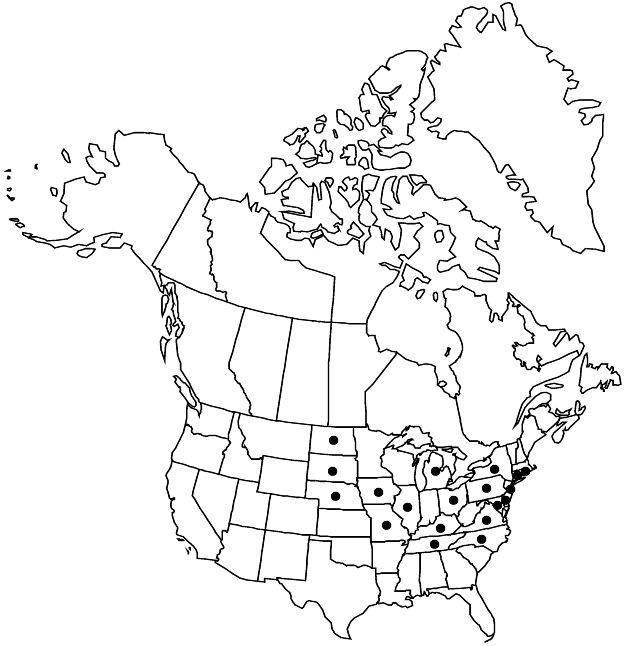Rhamnus davurica subsp. davurica
Shrubs or small trees, 2–10 m, armed with thorns. Branchlets brown or redbrown, glabrous. Leaves deciduous, opposite or sometimes fascicled on short-shoots; petiole 5–25 mm; blade green abaxially, darker green adaxially, usually oblong-obovate, sometimes broadly elliptic or ovate to obovate, rarely oblanceolate-elliptic, (4–) 5–10 (–13) cm, usually 2–3 times longer than wide, herbaceous, base cuneate, margins crenulate, apex usually acute or shortly acuminate to acuminate, rarely obtuse or rounded, abaxial surface sparsely pilose on veins, hairs straight, colorless, adaxial surface glabrous or sparsely pilose on veins; secondary-veins 3–5 (–6) pairs, all diverging at nearly same angle. Inflorescences fascicles or flowers solitary. Pedicels 10–20 mm. Sepals 4. Petals 4. Drupes black, globose, 5–6 mm; stones 2.2n = 24.
Phenology: Flowering Apr–Jun.
Habitat: Floodplains, forest edges and openings, stream banks, suburban woodlands.
Elevation: 50–300 m.
Distribution

Introduced; Conn., Del., Ill., Iowa, Ky., Md., Mich., Mo., Nebr., N.J., N.Y., N.C., N.Dak., Ohio, Pa., R.I., S.Dak., Tenn., Va., Asia (China), Asia (Korea), Asia (Mongolia), Asia (Russia)
Discussion
Plants of Rhamnus davurica from the flora area have sometimes been identified as subsp. nipponica (Makino) Kartesz & Gandhi [R. davurica var. nipponica Makino, R. nipponica (Makino) Grubov; the type from Japan] (for example, D. W. Magee and H. E. Ahles 1999), but it is not clear whether they are correctly identified or even whether they are outside the range of variability in subsp. davurica.
These plants sometimes have been called Rhamnus citrifolia (Weston) W. J. Hess & Stern, an illegitimate later homonym of Rhamnus citrifolia Rusby 1907.
Selected References
None.
Lower Taxa
"thin" is not a number.
